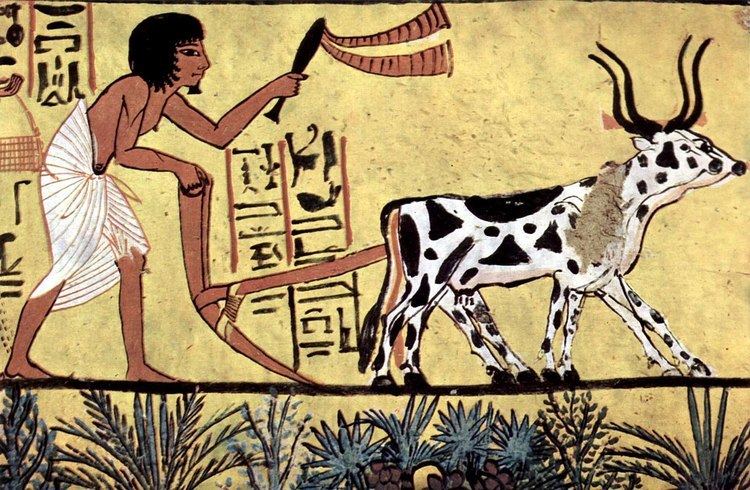 | ||
Intercropping is a multiple cropping practice involving growing two or more crops in proximity. The most common goal of intercropping is to produce a greater yield on a given piece of land by making use of resources or ecological processes that would otherwise not be utilized by a single crop.
Contents
Resource partitioning
Careful planning is required, taking into account the soil, climate, crops, and varieties. It is particularly important not to have crops competing with each other for physical space, nutrients, water, or sunlight. Examples of intercropping strategies are planting a deep-rooted crop with a shallow-rooted crop, or planting a tall crop with a shorter crop that requires partial shade. Inga alley cropping has been proposed as an alternative to the ecological destruction of slash-and-burn farming.
When crops are carefully selected, other agronomic benefits are also achieved.
Mutualism
Planting two crops in close proximity can especially be beneficial when the two plants interact in a way that increases one or both of the plant's fitness (and therefore yield). For example, plants that are prone to tip over in wind or heavy rain (lodging-prone plants), may be given structural support by their companion crop. Climbing plants can also benefit from structural support. Some plants are used to suppress weeds or provide nutrients. Delicate or light-sensitive plants may be given shade or protection, or otherwise wasted space can be utilized. An example is the tropical multi-tier system where coconut occupies the upper tier, banana the middle tier, and pineapple, ginger, or leguminous fodder, medicinal or aromatic plants occupy the lowest tier.
Intercropping of compatible plants can also encourage biodiversity, by providing a habitat for a variety of insects and soil organisms that would not be present in a single-crop environment. These organisms may provide crops valuable nutrients, such as through nitrogen fixation.
Pest management
There are several ways in which increasing crop diversity may help improve pest management. For example, such practices may limit outbreaks of crop pests by increasing predator biodiversity. Additionally, reducing the homogeneity of the crop can potentially increase the barriers against biological dispersal of pest organisms through the crop.
There are several ways pests can be controlled through intercropping:
The degree of spatial and temporal overlap in the two crops can vary somewhat, but both requirements must be met for a cropping system to be an intercrop. Numerous types of intercropping, all of which vary the temporal and spatial mixture to some degree, have been identified. These are some of the more significant types:
Limitations
Intercropping to reduce pest damage in agriculture, has been deployed with varying success. For example, while trap cropping has reduced pest densities at a commercial in experiments, it often fails to decrease pest densities deployed in large scale commercial landscapes. Furthermore, increasing crop diversity through intercropping does not necessarily increase the presence of the predators of crop pests. In a systematic review of the literature, in 2008, in the studies examined, predators of pests tended only increased under crop diversification strategies in 53 percent of studies, and crop diversification only led to increased yield in only 32% of the studies.
